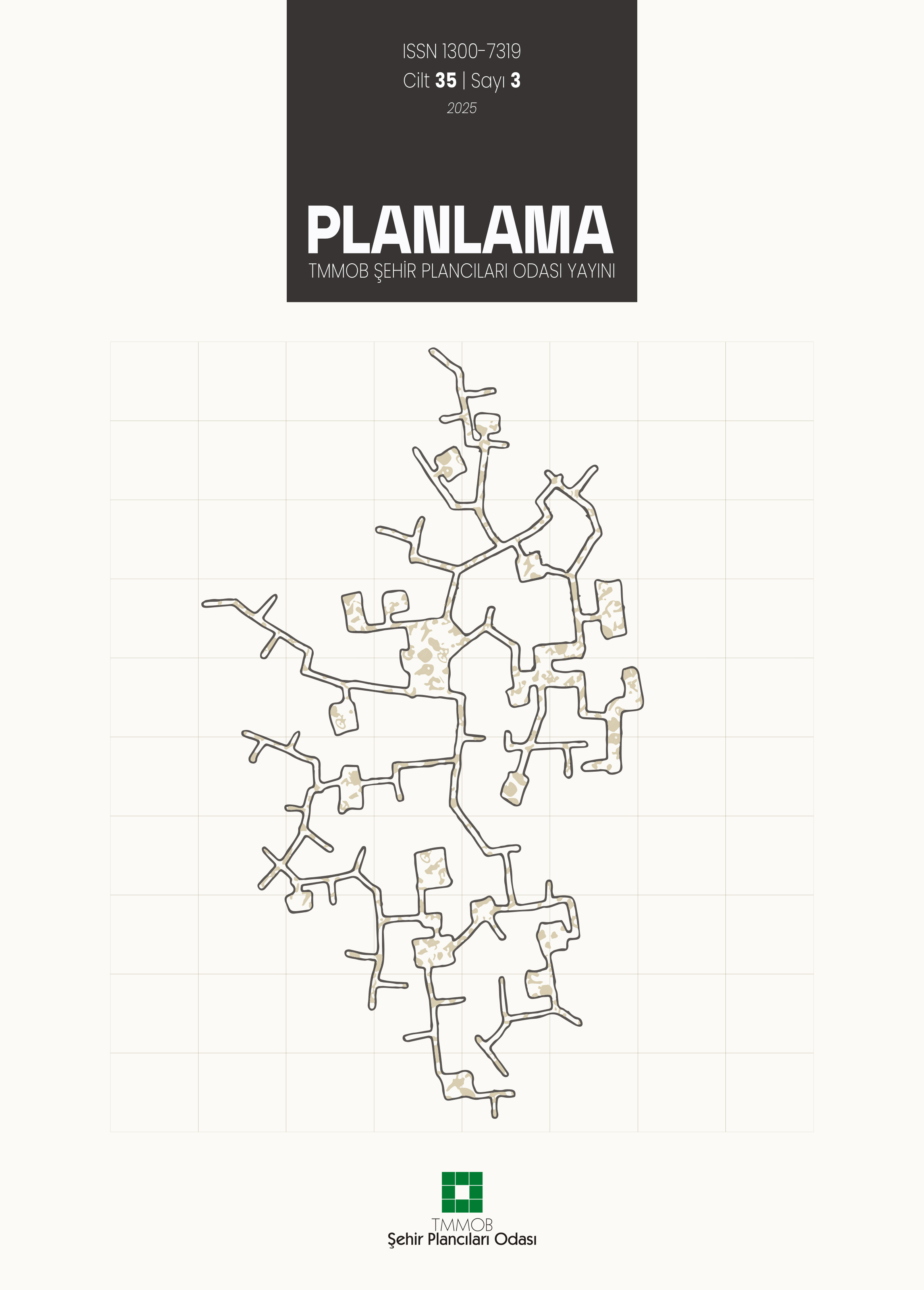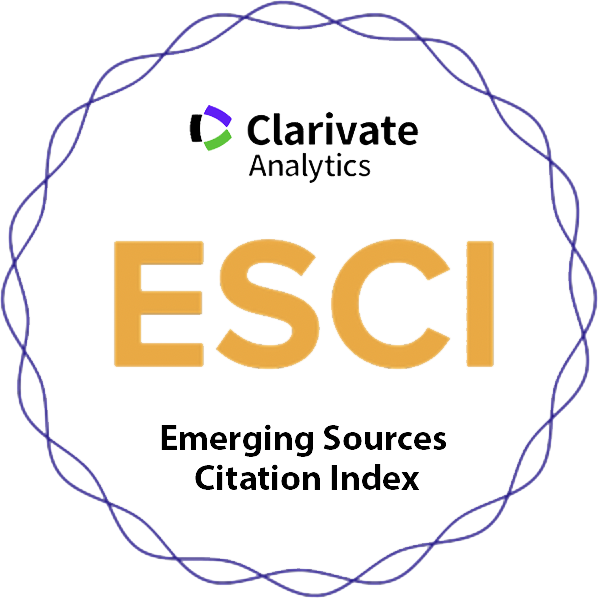Antakyada Deprem Sonrası Yeniden İnşa Süreçlerinin Kentsel Sürekliliğe Etkileri: Akevler ve Gülderen Mahallesi Örnekleri
Ebru Bingölİskenderun Teknik Üniversitesi Mimarlık Fakültesi, Mimarlık Bölümü, HatayŞubat 2023 depremlerinin neden olduğu yıkımın yanında yeniden inşa süreçleri Antakya kent formunda hızlı değişimlere sebep olmaktadır. Antakyada kentsel formun sürekliliği, kültür, toplum ve kentsel yaşamın devamlılığı için bir gerekliliktir. Bu çalışmada Antakya'da depremden bugüne kadar kent formunda yaşanan değişimler, kent morfolojisi alanının analitik araçları kullanılarak değerlendirilmiştir. Çalışmanın amacı, Akevler ve Gülderen mahallelerinde yaşanan yeniden yapılanma sürecinde kent dokusundaki süreklilikleri ve kopuşları tespit etmek ve kentsel sürekliliğin sağlanması için bir takım önerilerde bulunmaktır. Bu doğrultuda makalenin birinci bölümünde "kentsel süreklilik" kavramının çoklu bileşenleri tartışılmış, makalenin ikinci bölümde ise Antakya'da yeniden inşa süreçlerini tamamlamak üzere olan iki mahalle üzerinden yaşanan dönüşüm incelenmiştir. Yapılan analizler, 'rezerv alan' politikasıyla parsellerin ortadan kaldırılması sebebiyle yalnızca tekil kentsel plan öğelerinin sürekliliğinin değil, aynı zamanda bu öğeler arasındaki diyalektik ilişkilerin sürekliliğinin sağlanmasının önemini ortaya koymaktadır. Ayrıca, kentsel çeperde yer alan büyük ölçekli toplu konut alanlarının, kentsel çeperin yabancılaşmasına, iç çeper kuşağında spekülatif gelişmelerin ortaya çıkmasına ve kentsel periferide kopuk ve bağlamsız merkezlerin oluşmasına neden olmakta; tüm bu süreçler hem kentsel sürekliliği hem de kolektif hafızayı ve sosyal sürdürülebilirliği zedelemektedir. Makale, Antakya'da deprem ve yeniden inşa sonrası mekansal değişimin belgelenmesi ve ani bozulmalar sonrası sürekliliği sağlayacak kentleşme pratikleri önermesi açısından alana katkı sunmaktadır. Çalışma, günümüzde iklim değişikliği temelli ekolojik yıkımların kentleri tehdit ettiği bir dönemde ani yıkımlar sonrası yeniden yapılaşmanın kodlarını oluşturabilmek açısından değerlidir.
Anahtar Kelimeler: Afet, Antakya, çeper kuşak, deprem, iyileştirici kent-leşme, kent morfolojisi, kent planı analizi.The Influence of Post-earthquake Reconstruction on the Urban Continuity of Antakya: The Cases of Akevler and Gülderen Neighbourhoods
Ebru BingölDepartment of Architecture, Faculty of Architecture, İskenderun Teknik University, HatayIn addition to the devastation caused by the February 2023 earthquakes, the subsequent reconstruction processes have led to rapid transformations in the urban form of Antakya. The continuity of the urban fabric in Antakya is essential for maintaining the citys culture, society, and urban life. This study evaluates the changes on the urban form of Antakya that have taken place since the earthquake by using the analytical tools of urban morphology. This study aims to identify the continuities and ruptures in the urban fabric during the reconstruction process in the neighbourhoods of Akevler and Gülderen, and to propose recommendations for ensuring urban continuity. Accordingly, the first part of the article discusses the multiple components of the concept of urban continuity, while the second part focuses on the transformation observed in two neighbourhoods of Antakya where reconstruction is nearing completion. The analysis reveal that not only the continuity of individual urban plan elements but also the continuity of dialectical relationships among them are increasingly significant since the "reserve area" policy has resulted in the elimination of plots. Moreover, the large mass-housing areas on the urban fringe results in alienation of urban fringe, the emergence of speculative development in inner fringe belt, and production of disconnected and incoherent centers in the urban periphery, all of which disrupts urban continuity as well as collective memory. This article contributes to the field by documenting the spatial transformation in Antakya after the earthquake and by proposing urbanization practices after a sudden disrupt that promote continuity. The study is particularly valuable for offering insights into shaping the principles of post-disaster reconstruction when climate change oriented ecological disasters pose serious threats to cities today.
Keywords: Disaster, Antakya, urban fringe, earthquake, recovery urba-nism, urban morphology, town plan analysis.Makale Dili: Türkçe














